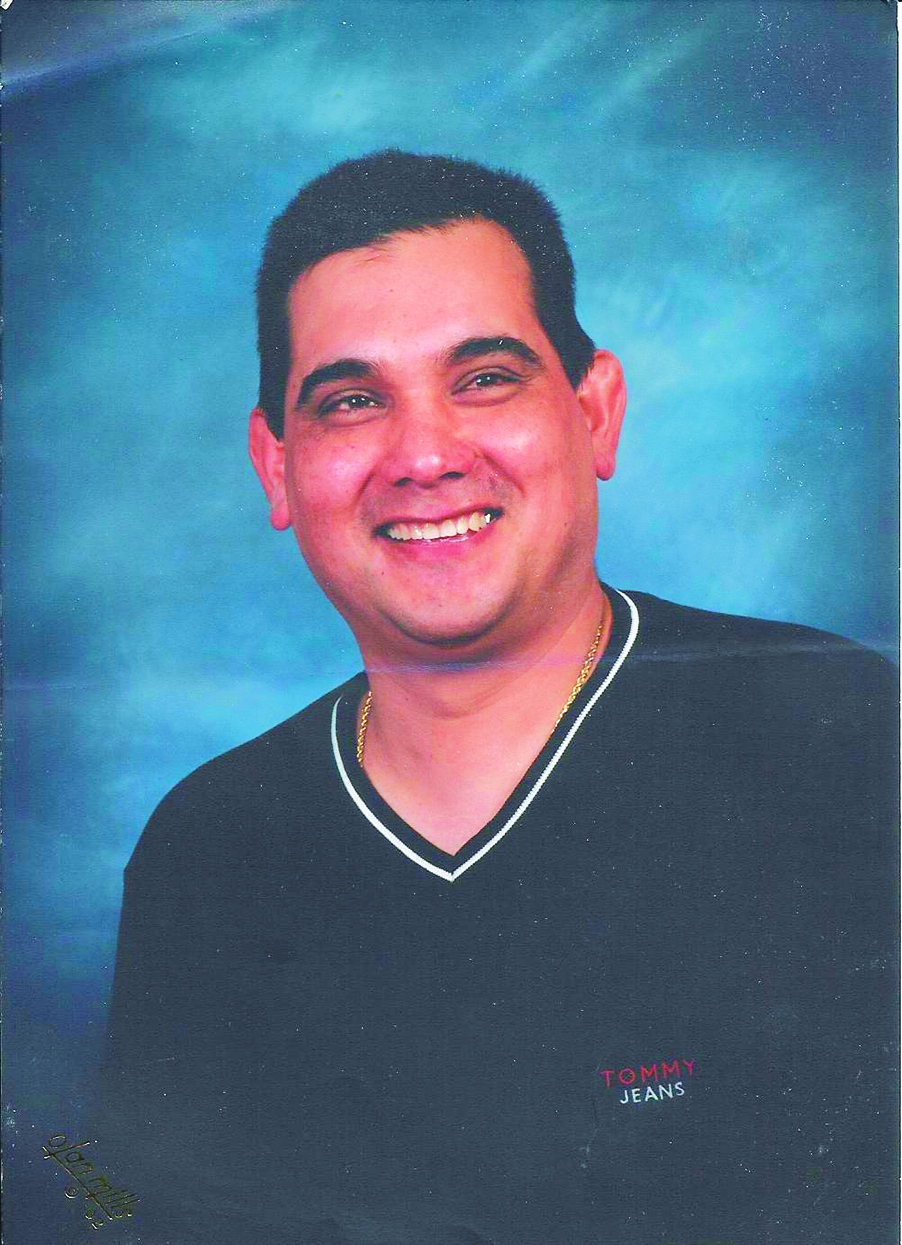A decade ago, the city of Seattle thought it had no choice but to build a jail. Seattle had long housed its misdemeanor inmates at King County’s downtown lockup. But the county announced that soon it would have to kick out such offenders. There simply wouldn’t be room, the county said.
A number of public defenders thought the county was wrong. Its jail actually had empty beds at the time, and the prisoner population was shrinking—not expanding, as dated projections, before the crime rate took a nose dive, had predicted.
“They just kept urging, ‘Look closer, you’ve got to examine the data,’ ” Seattle councilmember Tim Burgess recalls of the public defenders, the most vocal of whom came from what was then a nonprofit known as The Defender Association (TDA). It was not a popular stance. The county “had become so entrenched in its position,” Burgess says. And many city officials had too, declaring the planned jail a fait accompli. Yet the council eventually agreed to take another look at the numbers. “They were right,” Burgess says of the public defenders.
Persuaded by Seattle, the county also reconsidered, and realized it did have room for misdemeanor prisoners after all. In 2010, Seattle scrapped plans to build a jail, saving $200 million.
With episodes like this, King County public defenders have earned a nationwide reputation for not only defending the county’s poorest defendants but also fighting for a better criminal-justice system. But will they continue to play such a feisty role in public affairs? Lisa Daugaard, TDA deputy director, is skeptical. As of July 1, the four independent public-defense agencies that once contracted with the county (and the city, for misdemeanor cases) became part of a new county Department of Public Defense. Under the new system, public defenders who buck the county will be bucking their own employer.
The radical—and little-noticed—restructuring resulted from a lawsuit filed by a public defender named Kevin Dolan, who argued that he and his colleagues were county employees in all but name and, more important, benefits. After a court ruling ordered that public defenders be given access to the state-run pension afforded to county employees, the county decided that it might as well bring the defense lawyers onto its payroll.
That was just fine with Dolan. But his boss at the Associated Counsel for the Accused (ACA), along with the directors of the three other independent agencies, all vociferously objected. In a letter to the county council, they said the implications were “breathtaking” and hadn’t been thought through. They pointed out that the county was meddling with a system that was nationally known for its quality, and worried about being under the thumb of the county executive.
The defenders lost the battle over being brought in-house, but succeeded in launching a prolonged deliberation over what the new public-defense department should look like. The county council has now drawn up a charter amendment that will go before voters in November.
The amendment writes the new department into the county charter, and takes a number of unusual steps to broaden the mission of public defenders and ensure their independence. It says, for instance, that the department director, to be titled the county public defender, can be fired only for cause and not at the executive’s whim.
What would really make the new department unique, however, are the duties described in the amendment, which include promoting “system improvements, efficiencies, and access to justice and equity.” In other words, virtually everything about the criminal-justice system would be fair game for public defenders to take on—and the amendment takes the further step of stipulating that “elected officials shall not interfere.”
“It’s a model for the rest of the nation,” says the new Department of Public Defense’s interim director, David Chapman, who for many years served as director of the ACA. He contends that the mission outlined by the amendment would allow public defenders to do even more varied work than before, including seeking to expunge criminal records and restore civil rights like the ability to vote.
Chapman also says he believes that public defenders will have a stronger voice going forward because all four former agencies will be united and guaranteed a seat at the table with other county players, like the prosecutor’s office and the courts.
Daugaard, however, says that even under the charter language, it will be difficult to fight for an unpopular position from the inside. “People say: ‘This decision has already been made. We’ve talked about this 17 times.’ It’s hard to bring it up the 18th time.”
To maintain its outsider voice, TDA spun off a nonprofit, the Public Defender Association, to handle public-policy issues. But Daugaard says its effectiveness is limited by being separated from the day-to-day work of the criminal justice system.
Another solution is possible. A task force initiated by the council recommended late last month that the new system include one outside entity, which would both handle routine defense work and pursue “social justice” causes, including potential class-action suits. Daugaard, who in the past has worked on TDA litigation charging selective enforcement in drug cases, says she and her colleagues would be happy to be that outside group.
Meanwhile, from the inside, Dolan and some of his colleagues are pressing for true parity with other county officials. “Now that we’re employees, we’ve got to be treated the same as prosecutors,” Dolan says, referring to salary figures that show public defenders get paid $20,000 to $30,000 less a year. The defenders voted to be represented by the Service Employees International Union. Negotiations with the county have begun.
“These guys have already lost one lawsuit,” Dolan says of county officials. Public defenders, he insinuates, might just file another one.








